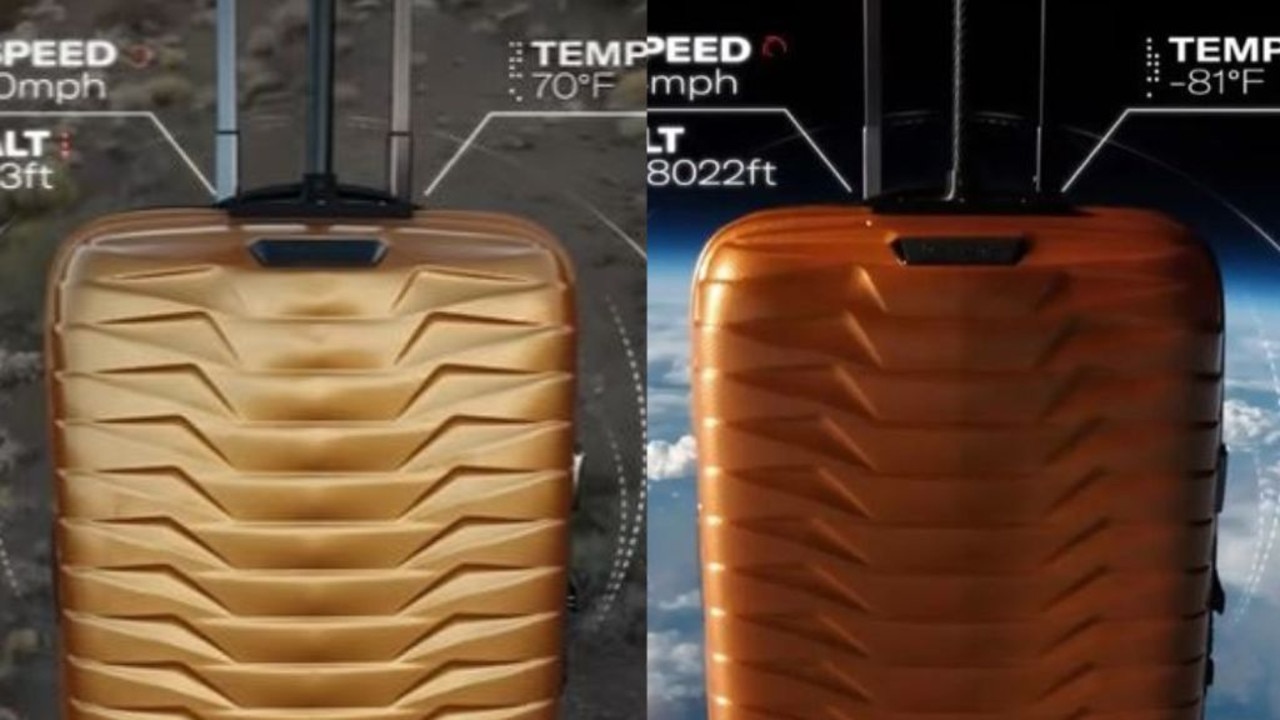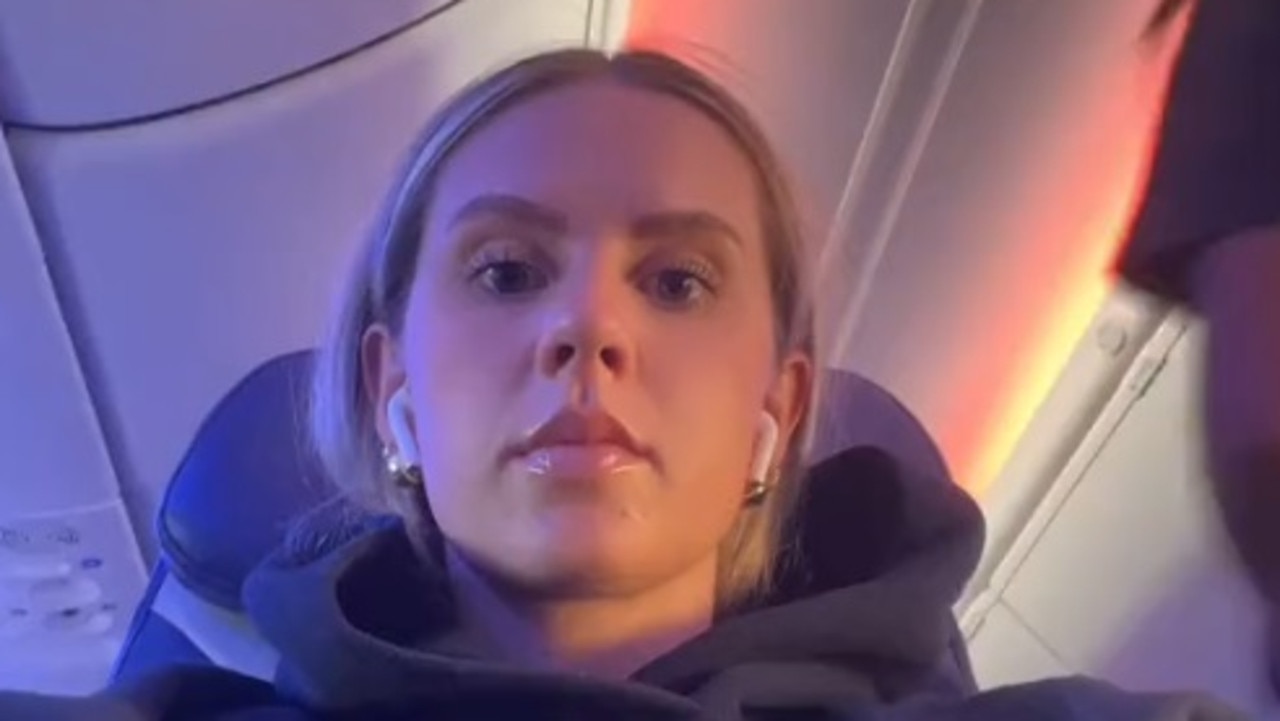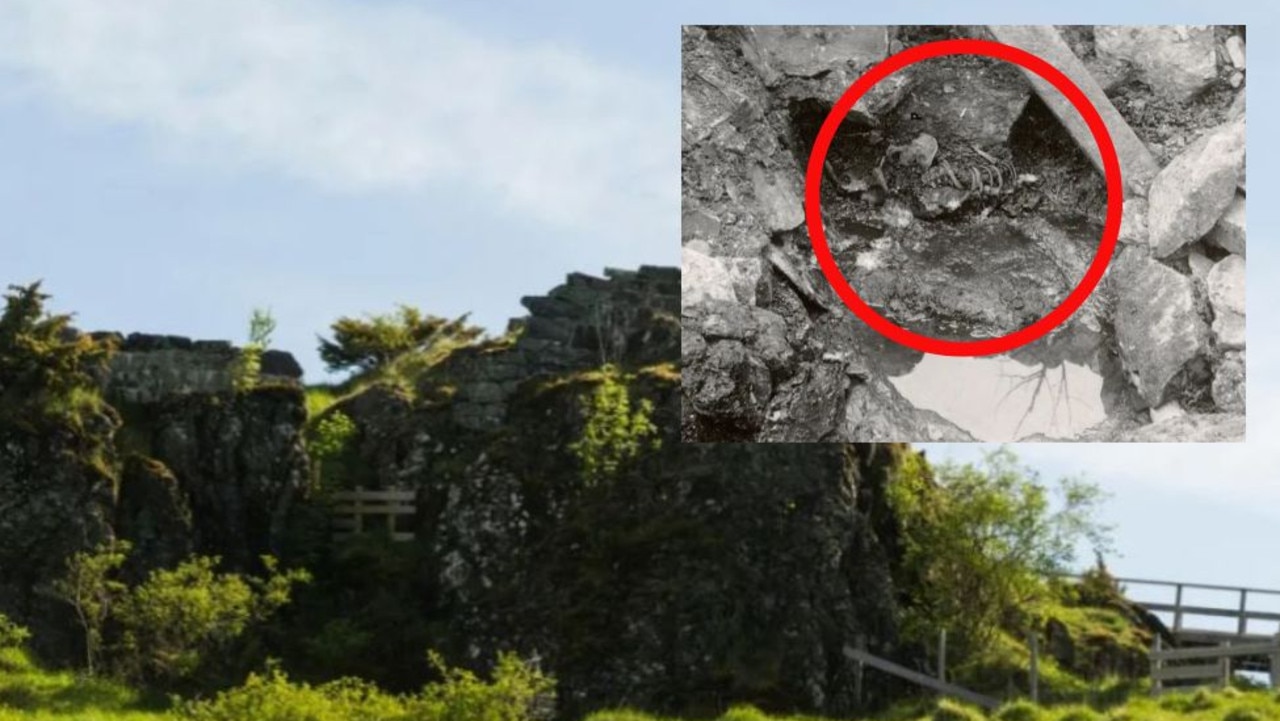Cooktown: How I survived the ‘murder capital of Australia’
When Michael Wayne set off to a small town once dubbed the “murder capital of Australia”, he was surprised by what he found.
“Have you been to Cooktown?”
The question has become my mantra as I make my way from Sydney up Australia’s east coast, to the town that in late 2017 became the latest to wear the ever-shifting badge of “the murder capital of Australia”.
The murder of 42-year-old mother-of-two Donna Steele rocked the far North Queensland town of Cooktown in August of that year and left the population in a state of fear and paranoia. That reaction alone made me pause: surely “the murder capital of Australia” wouldn’t blink at yet another death, let alone be left shaking and fearful. And I’m from Adelaide, the most recent city to wear the murder capital badge. I’d know.
“I’ve never been there, no,” says Shirley, perched firmly behind the counter of the Kempsey newsagent.
“But I don’t think I would. My friend says there’s nothing there.”
RELATED: Man shot by police in Cooktown
RELATED: Donna Steele’s murder was a robbery gone wrong
RELATED: Police charge Cairns man with murder of Donna Steele
I wasn’t to be deterred so early on in the journey and I leave Shirley to her next customer, an elderly man clutching a lotto ticket.
“You’ve won nine dollars!” announces Shirley triumphantly as I exit.
It’s just one long road from Sydney to Cooktown, and most of its 2,700 or so kilometres are quite scenic. Apart from a few inland detours, you hug the coast and occasionally catch glimpses of the seas that carried Lieutenant James Cook, the town’s namesake, around the world two and a half times.
And whether coastal or inland, everyone has an opinion on Cooktown.
“Yeah, I’ve been there once,” says Renee on the Gold Coast.
“Pretty rough place, you’d better watch out.”
Kenny in Brisbane: “You’d better prepare for some drunken bar fights, mate, if you’re going to Cooktown.”
Vicky at the general store in Hervey Bay: “Oh yeah, my mum and I went there once. Lovely place, so quiet.”
In a place like Hervey Bay, which was named by Cook, such opinions come with a caveat. It seemed likely that anywhere that didn’t have convoys of bikies parading up and down the main road and bringing traffic to a standstill would be a quiet, lovely place.
The further I penetrate into Queensland, the more specific, and inconsistent, the eyewitness accounts of Cooktown become.
Over dinner in a nearly-deserted restaurant in Gladstone, or “Sadrock” as Sally the restaurant manager calls it, the far north seems a world away.
“Cooktown no, never been up that far,” she says. “It’s a long way! I’ve been to 1770, though. Now that’s beautiful!”
She was right; I’d been there too. The Town of Seventeen Seventy was named after the momentous year Cook arrived. Tamara, behind the counter of the fish and chip shop, sang its praises at length, as if a glance outside at the stunning, lively and croc-free bay wasn’t enough.
Tamara had a hot take on 1770s spiritual sibling too.
“Cooktown, yeah, once. Never again, though.”
The far north town’s status as a dread necropolis fascinated me. In the seven months after the discovery of Donna Steele’s body 20 kilometres from her Cooktown home, residents worked themselves into a paranoid frenzy. Anyone could be the killer and everyone was suspicious of one another. It was like a giant, all-inclusive game of Cluedo.
From Yeppoon to Mackay to Townsville, the accounts stay uniformly grim.
“I’ve been north of Port Douglas but never as far as Cooktown,” says Alan, from behind the reception desk of a Mackay motel.
“And I wouldn’t bother. Ice is crippling these small towns, mate,” he says.
Maybe I had more to worry about than I’d thought. Ice is an epidemic in some Australian country towns and it’s not hard to feel its effects in the capitals either. Maybe Cooktown has descended into some kind of ice-fuelled hellhole?
Dave, my bed and breakfast owner in Mission Beach, takes the edge off that interpretation with his particularly illustrative account.
“It’s like going back in time,” he says.
“The water is azure. Beautiful place. Couple of the boys up there a bit wild though at the pubs.”
Only when I reach the sign at the edge of town welcoming me to Cooktown does it hit me: the realisation I’m about to enter “the murder capital of Australia”.
This is despite the apparent closure of the Donna Steele case in March 2018, when a 25-year-old Mooroobool man was charged with her murder. The development caused an instant release of the paranoid pressure that had built up and Cooktown returned to being that place where Europeans first saw a kangaroo (or gangaru, as the local Guugu Yimithirr called it).
But the only kangaroos I see as I cross my own personal finish line are roadkill. It’s certainly the kangaroo murder capital of Australia, a title for which there’s some stiff competition.
Cooktown itself is bigger than I expected. There’s an RSL, a bowls club, a wharf, the James Cook Museum, and a main road with two pubs. No chalk outlines, no police tape, no errant, distant gunshots. A dead magpie lies in the gutter, doing its best for the town’s perhaps-flimsy reputation.

It’s too far out of the way to be a place you pass through. You have to want to come here. That’s all I can think about as I size up the assortment of characters in the pub as I wait for my Endeavour Burger.
Young and old, black and white, men and women. There’s no imbalance, no influx of sketchy characters. So far, it’s an Australian country town.
“It’s actually a bit boring here,” says Dana, my American waitress.
“I’ve been here for three weeks couch surfing, but I’ve gotta go soon. It’s been nice, though.”
In fact, Cook seems to be the only resident ever who arrived unintentionally — and he’s the one they named the place after.
The Cook conversation is unlikely to end in Cooktown anytime soon. Here, as in Seventeen Seventy, they’re also gearing up for the 250th anniversary of his arrival next year.
It’s only when I speak to the gossipy Sister Fionnula at the town Vinnies that Cooktown’s underbelly is revealed.
“Alcohol has crippled this town, drugs too,” she says, her voice dripping with piety.
“It’s the mothers that let them down. Drinking games involving shots need to stop.”
She tells me the gritty saga of the bowls club and bravely names the real perpetrator in the killing of Cooktown’s fair standing.
“The bowls club applied for a bank loan to do itself up, because it was looking tired. The bank said they couldn’t issue a loan unless the bowls club got pokies,” she says.
“So they got the pokies. And then they didn’t need the loan.”

She also tells me that the “year of murders” equated to just three, but that they were all drug related.
“The first two murders were directly related,” she says.
“That murder capital business was laughable. In a small town you know everything and everyone.”
Sister Fionnula certainly seems to. She clocked me as an out-of-towner as soon as she saw me. Between her bombardment of spicy town secrets, I encounter a moment of clarity.
Murder doesn’t have a home. It’s a stateless enemy of the people and will emerge in the worst conditions.
That Cooktown was unfortunate enough three times in one year to foster that villain is, sadly, just the way it goes sometimes. Next year, it could be Bowral.
“What’s Sydney like now?” Sister Fionnula asks, breaking my train of thought.
“I haven’t been there in years.”
Was Sydney’s relationship with murder any better than this place? How did anyone outside of Cooktown come to cast stones in the first place?
The road out of town is still peppered with kangaroos as dead as my preconceptions of the place. I decide to take the inland road home rather than double back.
As Cooktown disappears in my rear view mirror, my thoughts are no longer on the past, but on what lies ahead.
Yes, I survived, but “the murder capital of Australia” phantom did not.
Michael Wayne is a freelance feature and travel writer who has been featured in the Sydney Morning Herald, The Age and The Australian. Continue the conversation on Instagram @pastlivesofthenearfuture.



